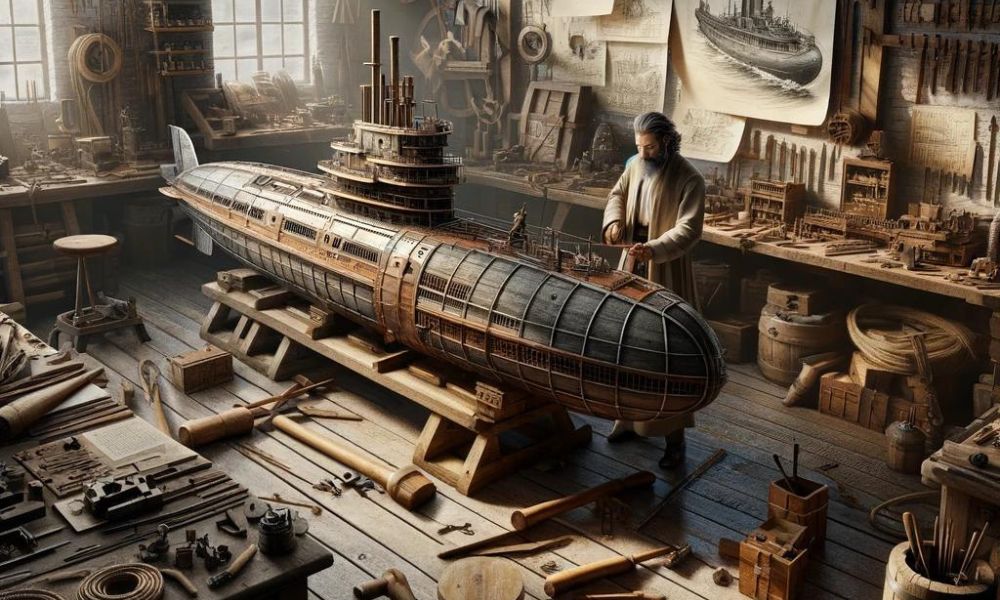
The invention of the submarine is a fascinating milestone in the history of maritime exploration and engineering. While the idea of diving and sailing underwater has captured the human imagination for centuries, the practical realisation of this vision has been the result of the efforts of many inventors, engineers and visionaries throughout history. In this post, we will explore the origins of the submarine, from its earliest conceptions to the technological developments that have made it an essential tool in ocean exploration and modern military strategy.
Early Concepts and Prototypes
Leonardo da Vinci (15th century)
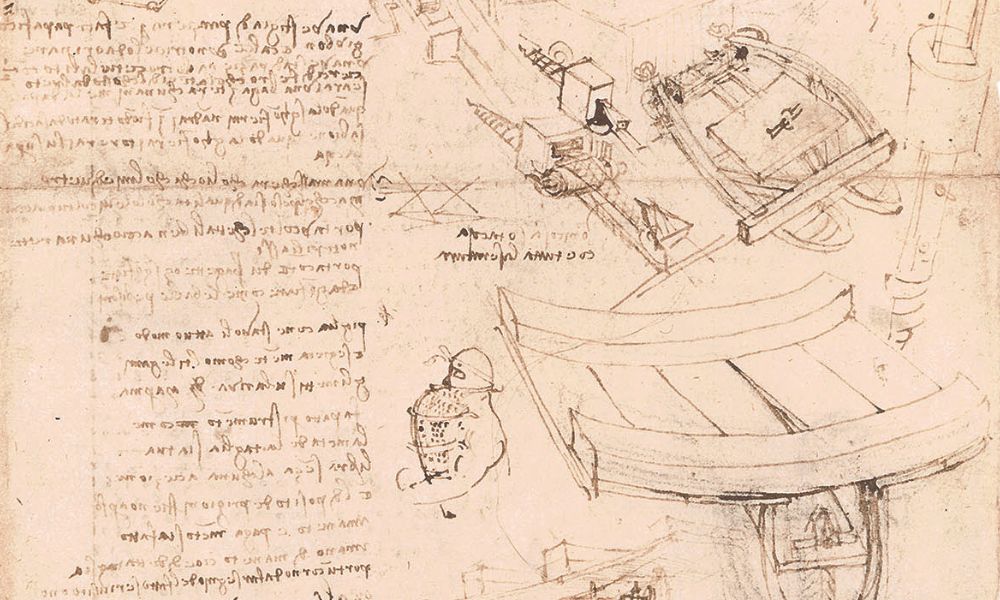
One of the first to conceive the idea of a device capable of operating underwater was Leonardo da Vinci. In the 15th century, he sketched what appeared to be the design of a submarine in his notebooks. However, fearing the destructive potential of his invention, he decided not to publish the details.
Cornelis Drebbel (1620)
The first successfully navigated and operated submarine was built by Dutch inventor Cornelis Drebbel in 1620. Under the patronage of King James I of England, Drebbel built an oar-powered submarine, which made several dives in the River Thames to depths of up to 15 feet. This submarine was made of wood covered with waterproof leather and had air tubes for ventilation.
Developments in the 18th and 19th centuries
Nautilus, Robert Fulton (1800)
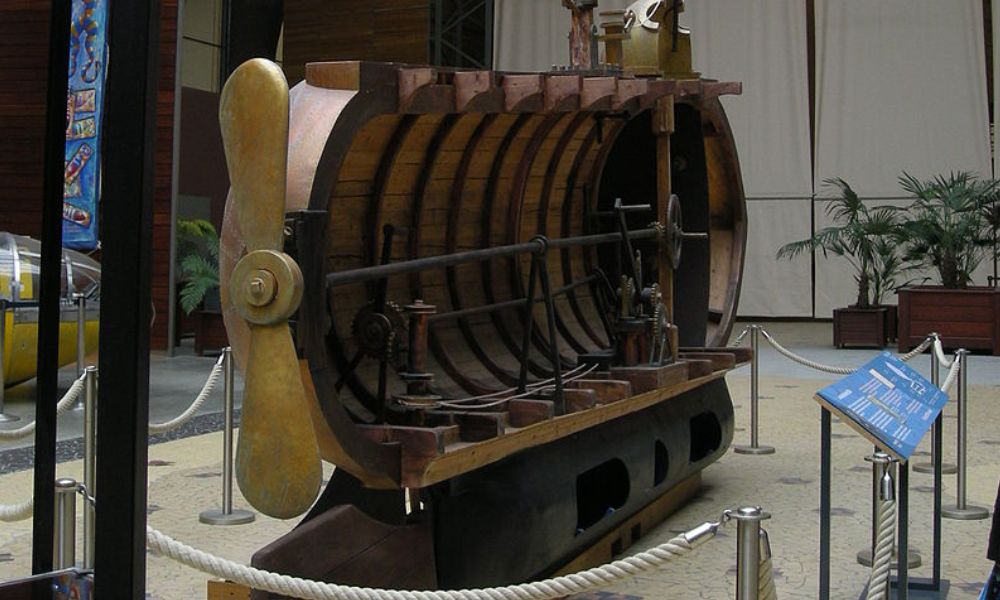
In the early 19th century, American inventor Robert Fulton designed and built the “Nautilus“, the first practical submarine, although it was not adopted by the French Navy. The Nautilus featured a more sophisticated design, including a ballast system for buoyancy control and both sail and manual propulsion.
CSS Hunley (1864)
During the American Civil War, the CSS Hunley became the first combat submarine to sink an enemy warship, the USS Housatonic. Despite her success, the Hunley also sank after the attack, highlighting the dangers and difficulties of submarine warfare.
The 20th Century and the Modern Era
John Philip Holland and the Development of the Modern Submarine
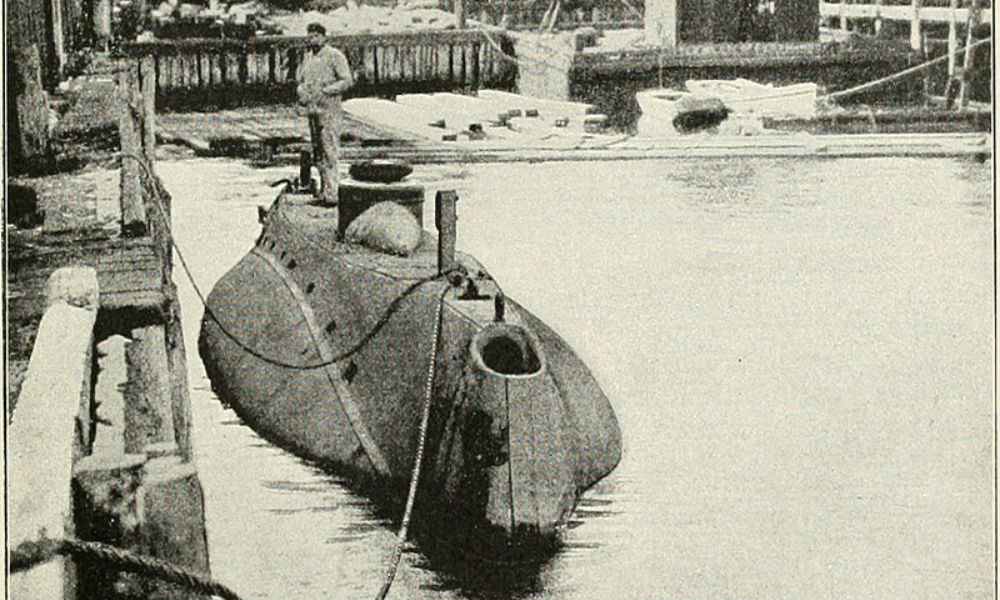
In the late 19th and early 20th centuries, Irish-American inventor John Philip Holland pioneered the development of the first practical, operational submarine for the US Navy, the USS Holland (SS-1), launched in 1898. This submarine incorporated many features of modern submarines, such as electric propulsion underwater and gasoline propulsion on the surface, as well as torpedoes as its main armament.
World War I and Beyond
World War I saw the first extensive use of U-boats, particularly by Germany, which used its U-boats to impose a sea blockade on Britain. Technological advances during this period and after, including the introduction of diesel-electric propulsion, significantly improved the range, speed and survivability of U-boats.
The Nuclear Age
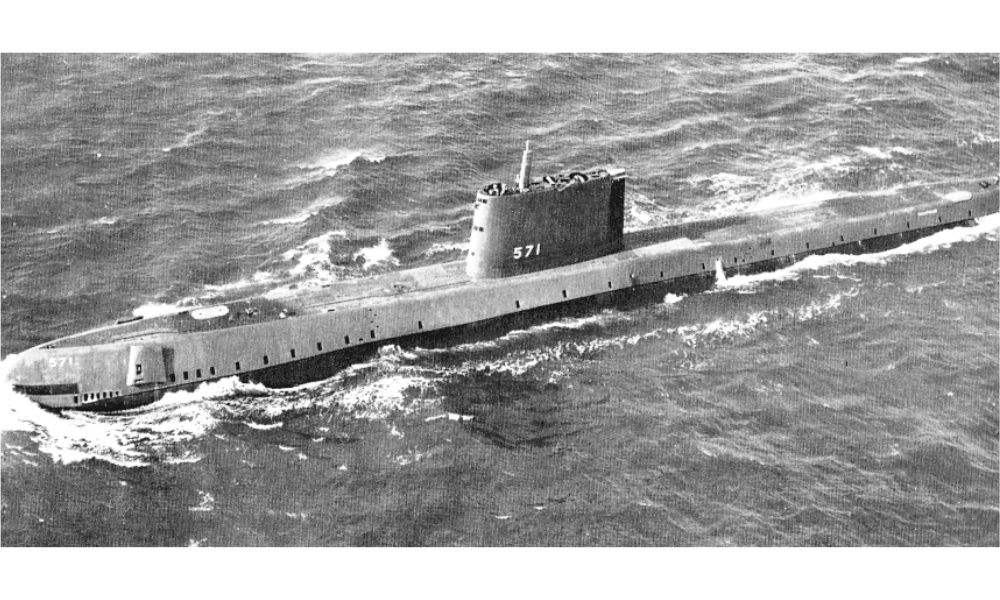
The launch of the USS Nautilus (SSN-571) in 1954 marked the beginning of the nuclear submarine era. Powered by a nuclear reactor, Nautilus broke many records, including the first voyage under polar ice. Nuclear propulsion allowed the submarines to operate underwater for months at a time, without the need to surface for air or battery recharging.
Conclusion
The history of the submarine is a chronicle of human ingenuity, perseverance and the desire to explore and master the hidden realms beneath the waves. From Leonardo da Vinci’s early concepts to the modern nuclear leviathans that patrol the world’s oceans, the submarine has come a long way. Each stage of its development reflects advances in science and technology, as well as changes in military strategy and exploration needs. Today, submarines are not only crucial instruments of national defence, but also essential tools for scientific research and ocean exploration, proving that the vision of the pioneers of the past is still alive and evolving.


